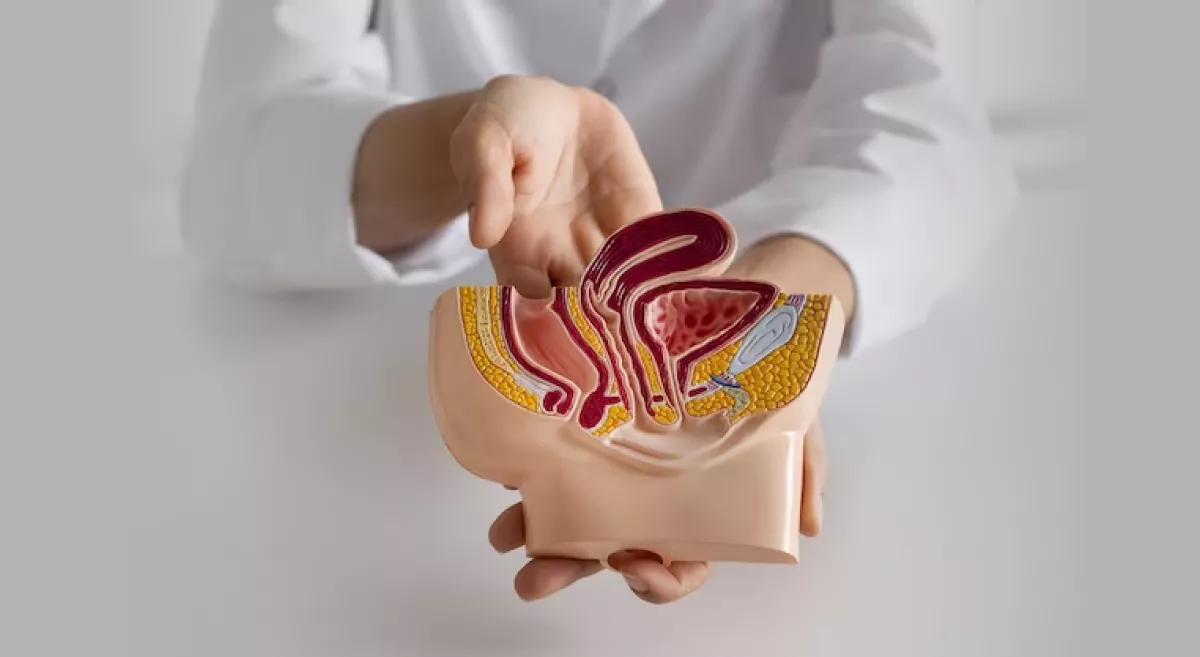
With increasing availability, better affordability and decreasing cost of the technology, the impact and expanding scope of the robotic surgical systems is a game-changer in managing urological cancers.
Implementing robotics in urologic surgery, especially treating urological cancers, will be a game changer. Dr Himanshu Sharma, Consultant, Uro Robotic Surgeon, Ruby Hall Clinic Pune,shares surgical robotic platforms are available worldwide, including India and are progressively being utilized to perform complex surgical procedures with greater precision, smooth post-operative courses and shorter hospital stays.
In Urology
Robotic technology has evolved by leaps and bounds since its inception in 1994, and it has incorporated newer technological advances like augmented reality to improve the precision of surgery. In urologic-oncology, the scope of robotic surgery has expanded from initial utilization in prostate cancer surgery to aggressive and precise management of cancers of the kidney, bladder and penis.
Renal Cancers
Historically the only management that could be offered to patients with kidney cancers was limited to radical nephrectomy, which involved the removal of the kidney harbouring the tumour. Then came the concept of nephron-sparing surgery, and partial nephrectomy (excising the part of the kidney affected by cancer and sparing the rest of the normal functioning kidney) became a treatment of choice for smaller tumours. Robotic platforms allow us to overcome the main limitations of open surgery (long incisions, increased blood loss, more extended hospital stay, increased postoperative pain) and laparoscopic procedures (lack of wristed instruments, technically challenging suturing of the renal parenchyma). The robotic surgical system provides an ergonomically superior platform for the urologist. It makes dissection and intracorporeal suturing easier and allows more patients to preserve their kidneys and return to everyday life faster. Moreover, this could decrease the need for dialysis in the long term and help people lead longer and healthier life.
Bladder Cancers
Approximately 1 out of 4 patients with bladder cancer can have muscle-invasive bladder cancer (MIBC), which requires the removal of the bladder (radical cystectomy) and subsequent reconstruction to form a reservoir for the urine. This challenging procedure and robotic platform can potentially decrease the complication rates and allow enhanced recovery protocols to be implemented for quicker recovery of these vulnerable patients. Compared to the open technique, optimum outcomes can be achieved while providing the patient with a keyhole (minimally invasive) surgery. It also makes it possible to reconstruct a new bladder completely via robotic surgery (intracorporeal orthotopic neobladder). It is difficult to perform laparoscopically, allowing the patient to regain near-normal functional outcomes even after removing the diseased bladder.
READ RELATED: 6 Best Daily Exercises for Women Over 50 to Sculpt a Lean Waistline
Penile Cancers
One of the significant challenges faced while managing penile cancers is groin node surgery. Many patients who require the removal of unilateral or bilateral lymph nodes for complete removal of penile cancers suffer severe morbidity and challenging issues when the surgery is performed via open technique. It is apt to say that this has been the Achilles heel of penile cancer treatment. Video Endoscopic Inguinal Lymphadenectomy (VEIL) is a minimally invasive robotic technique that markedly reduces wound healing issues and offers a more significant advantage over open surgery in managing penile cancers.
With increasing availability, better affordability and decreasing cost of the technology, the impact and expanding scope of the robotic surgical systems is a game-changer in managing urological cancers. It will be instrumental in providing the best possible healthcare to ordinary people in times to come.
Total Wellness is now just a click away.
Follow us on
Don’t Miss Out on the Latest Updates.
Subscribe to Our Newsletter Today!
window.addEventListener(‘load’, (event) => {
$(‘#commentbtn’).on(“click”,function(){
(function(d, s, id) { var js, fjs = d.getElementsByTagName(s)[0]; if (d.getElementById(id)) return; js = d.createElement(s); js.id = id; js.src = “//connect.facebook.net/en_US/sdk.js#xfbml=1&version=v2.3”; fjs.parentNode.insertBefore(js, fjs);}(document, ‘script’, ‘facebook-jssdk’));
$(“.cmntbox”).toggle();
});
});



